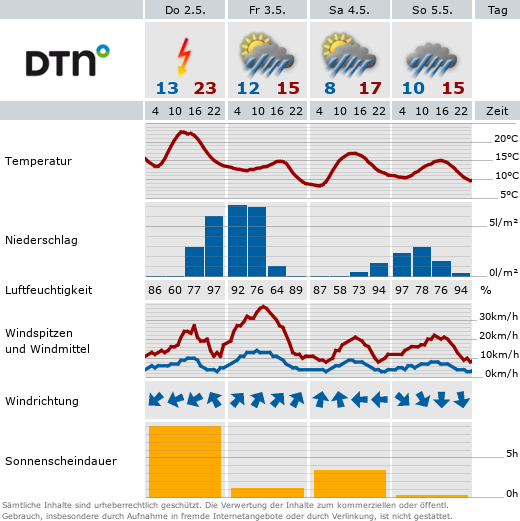(Neo-)Pronouns
In German, the ⇒ binary gender system is also linguistically reflected in the use of binary pronouns. "Sie"/"ihr" or "er"/"sein" are the common pronouns that are supposed to represent the gender of the person they stand for. Nevertheless, all people are allowed to decide for themselves which pronouns they want to be addressed with.
Some people change the pronouns they wish to be addressed with throughout their lives or prefer multiple pronouns, for example, because they are trans and/or intersex and/or ⇒ non-binary. It is important to use a person's preferred pronouns. When in doubt, it is helpful to politely ask for the correct pronouns.
Neopronouns refer to neologisms that bypass binary pronouns such as "she" or "he." Examples include the Swedish pronoun "hen," which is gender-neutral for all people, the English "they/them" pronouns, and also German variants such as "sier," "sie*er," "si_er," "xier," etc. Alternatively, the pronoun can be omitted and replaced with the name or the first letter of the name ("I'm going to ask A if A wants to come."/"I like A's shoes."). However, the possibilities of alternative pronouns are not exhausted with these examples (e.g. see AK ProNa, p. 33).
Last updated: April 2025
Sources (in German)
-
AG Feministisch Sprachhandeln der Humboldt-Universität zu Berlin (2014/2015): Was tun? Sprachhandeln – aber wie? W_ortungen statt Tatenlosigkeit! 2. Edition. Last accessed 17.04.2025.
-
AK ProNa (2015): Mein Name, mein Pronomen. 1. Edition. Last accessed 17.04.2025.
-
Alexander, Katharina (2018): ‘Sprechen kann die Welt verändern‘ – Lann Hornscheidt wünscht sich ein Pronomen für alle. In: Ze.tt. Last accessed 17.04.2025.
-
Aschenbrenner, Sophie; Hornstein, René_Rain (2020): Nicht-binäre Menschen, wie wollt ihr genannt werden? In: Süddeutsche Zeitung. Last accessed 17.04.2025.
-
ContraPoints (2018): Pronouns. Youtube. Last accessed 17.04.2025.
-
Köhler, Robin (2019): Wie rede ich am besten mit Non-Binarys?. In: Puls. Last accessed 17.04.2025.
-
Practice with Pronouns. Englische Übungsplattform. Last accessed 17.04.2025.
-
Regenbogenportal (o. J.): Trans* Menschen respektvoll und solidarisch begegnen. Last accessed 16.04.2020.
-
Regenbogenportal (o. J.): Geschlechtsidentitäten jenseits von männlich und weiblich. Last accessed 16.04.2020.
The glossary is meant to evolve through mutual exchange with readers.
We regularly put the definition of a term up for discussion under #klargestellt. Do you have questions or suggestions? Join the discussion and contribute to a better understanding of the terms! We welcome your feedback to: shk.gleichstellung@verwaltung.tu-dortmund.de






